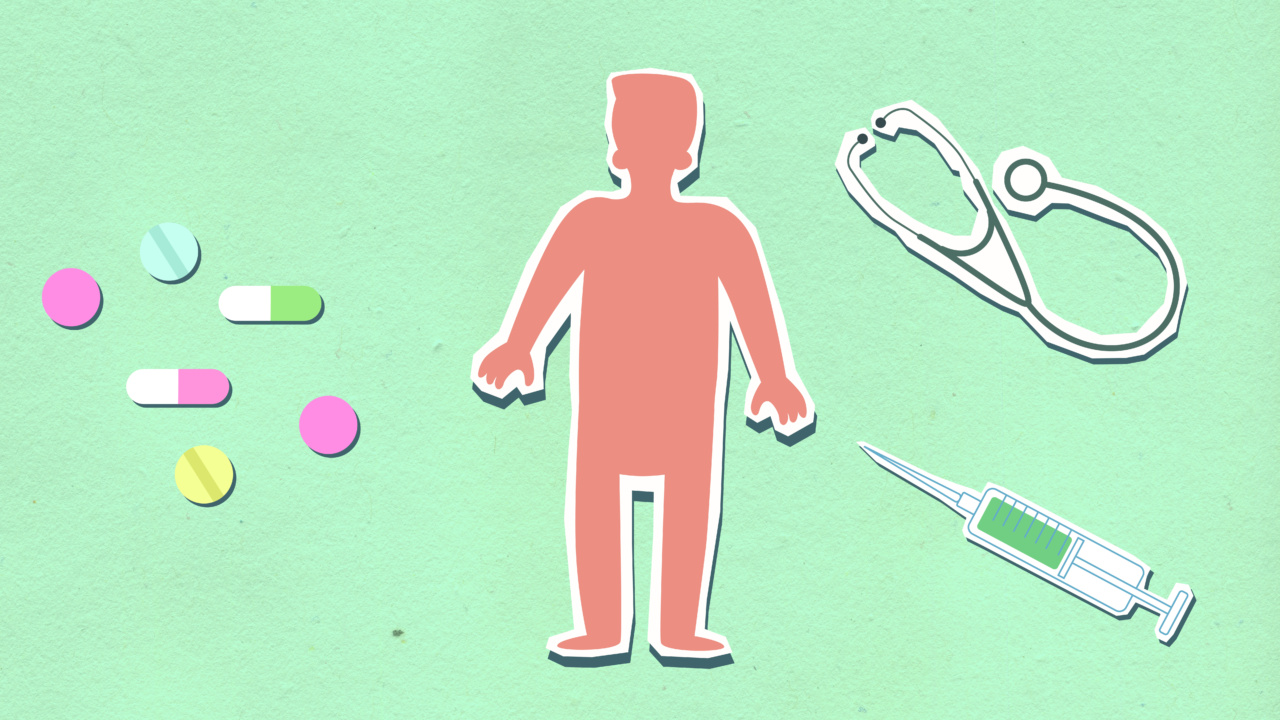Art therapy is a form of therapy that utilizes creative processes to enhance mental, emotional, and physical well-being.
It has been recognized as a powerful tool in therapy due to its ability to tap into the individual’s subconscious and facilitate self-expression. Through various art forms such as painting, drawing, sculpting, and collage-making, individuals can explore and communicate their thoughts, feelings, and experiences in a non-verbal manner.
The Role of Art in Therapy
Art therapy can be particularly beneficial for individuals who may struggle with verbal expression or find it difficult to articulate their emotions.
By engaging in art-making, individuals can access their inner world and express themselves in a visual, tangible way.
Art as a Means of Communication
For some individuals, words may fail to adequately capture their experiences or emotions. Through art, they can communicate complex and nuanced feelings that are difficult to express verbally.
The art created in therapy becomes a vessel for communication, allowing the person to convey their inner world to the therapist.
Art as a Form of Catharsis
Creating art can be a cathartic process that provides individuals with a safe and non-judgmental space to release and process difficult emotions.
The act of creating and transforming raw materials into art can serve as a transformative experience, allowing individuals to gain insight into their emotions and experiences.
Art as a Tool for Self-discovery
Engaging in art-making can help individuals delve deep into their subconscious, enabling them to uncover hidden thoughts, beliefs, and desires.
By examining their own artwork, individuals can gain valuable insights into their own psyche, promoting self-awareness and personal growth.
Art as a Source of Empowerment and Control
The process of creating art allows individuals to have complete control over their artistic expression. This sense of control can be particularly empowering for individuals who may feel a lack of control in other areas of their lives.
Art therapy provides a platform for individuals to make choices, experiment, and assert their autonomy within a safe and supportive environment.
Art as a Outlet for Stress and Anxiety
Engaging in art-making can serve as a therapeutic outlet for individuals experiencing stress and anxiety.
Art allows individuals to focus their attention and energy on the creative process, temporarily diverting their attention from the source of stress or anxiety. The meditative and calming nature of art-making can promote relaxation and provide a sense of relief.
Art as a Means of Building Self-esteem
Creating art can boost an individual’s sense of self-esteem and self-worth. The acceptance and validation of their artwork by the therapist can provide individuals with a sense of accomplishment and value.
Art therapy can help individuals develop a positive self-image by emphasizing their creative abilities and unique perspectives.
Art as a Tool for Trauma Healing
Art therapy has shown remarkable efficacy in helping individuals heal from traumatic experiences. Creating art can serve as a safe and non-threatening way to process and express traumatic memories and emotions.
Through art-making, individuals can externalize their experiences and gain a sense of mastery and control over them.
Art as a Tool for Relationship Building
Art therapy can be a powerful tool for building rapport and trust between the therapist and the client. Art-making provides a shared experience that can facilitate open communication, empathy, and understanding.
The artwork becomes a bridge between the client and the therapist, promoting a collaborative therapeutic relationship.
Conclusion
Art therapy offers a unique and versatile approach to therapy that harnesses the power of creativity and self-expression. Through various art forms, individuals can communicate, explore, heal, and grow.
Art therapy has been embraced as a valuable tool in therapy, supporting individuals on their path towards well-being and self-discovery.






























